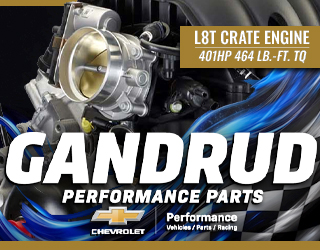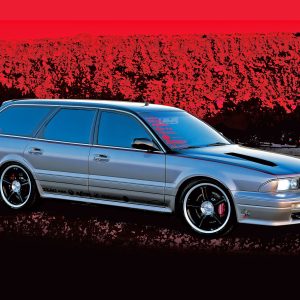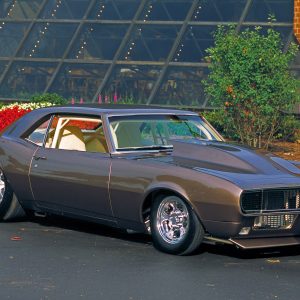Street Rods
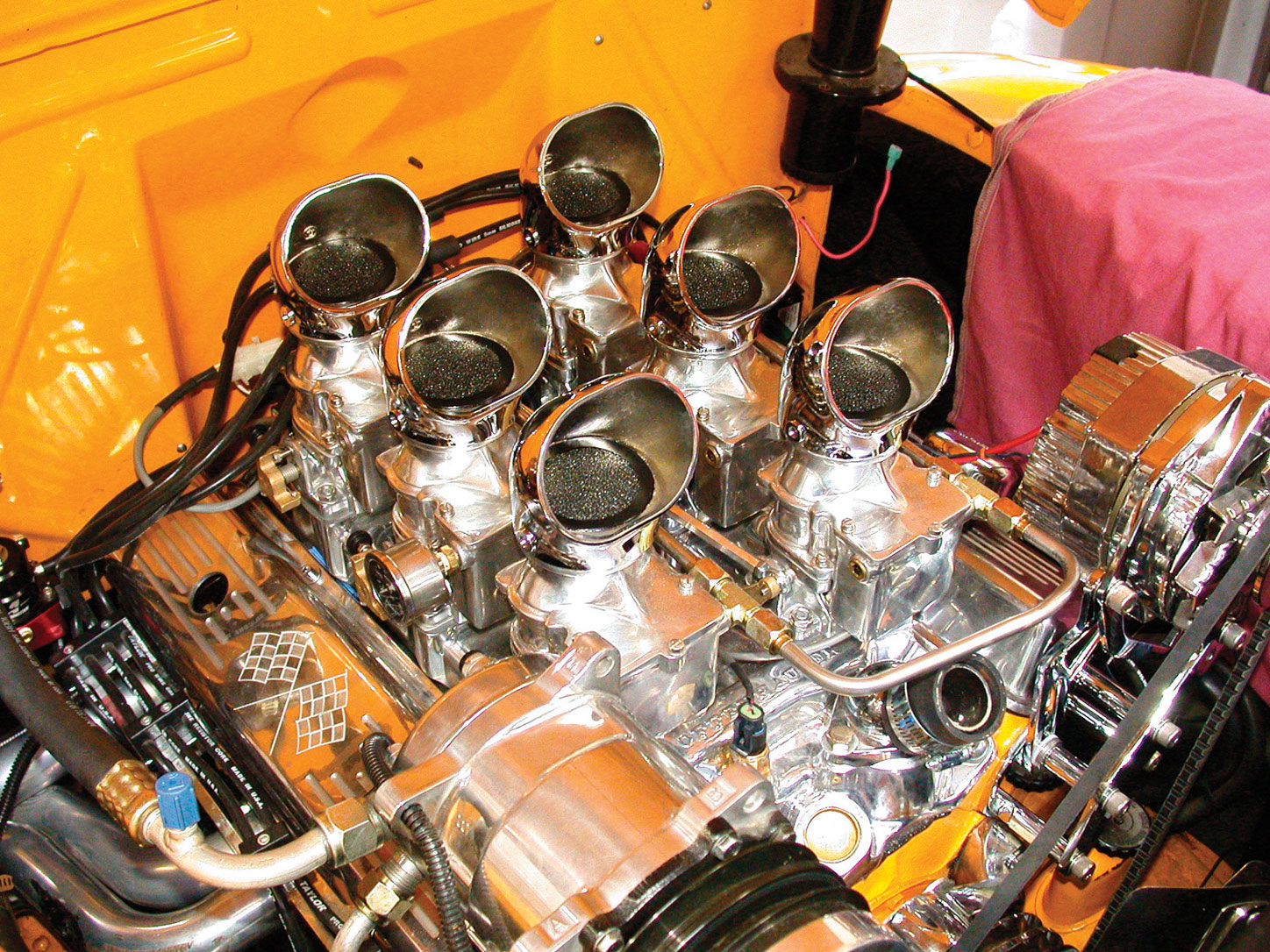
Hot rodders are a picky lot; some want their rides to look as if they stepped out of a time warp, but they also want them to be equipped with the latest of mechanical improvements. Disc brakes, power steering, air conditioning and even full surround-sound stereos and videos are the norm. So it should come as no surprise that the benefits of electronic fuel injection have been fully embraced by those who drive vintage trucks. But with notable exceptions, the look of the fuel injections systems was mostly unpleasing to the eye.
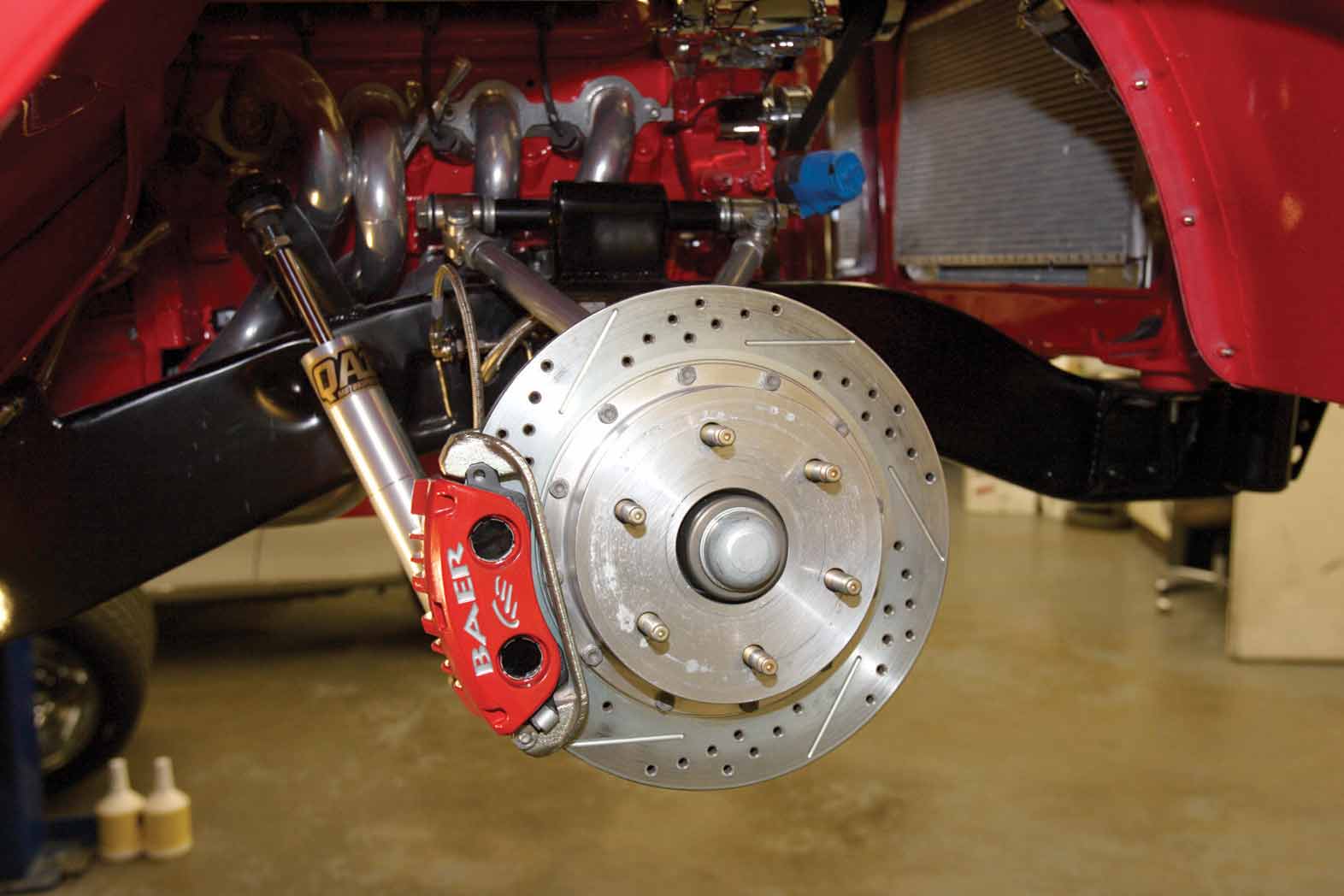
Tired of wimpy brakes on your classic Chevy? Upgrade to Baer Track Plus like we did on our Project ’67 C10! This kit boasts massive 13-inch rotors, two-piston calipers, and increased track width for serious stopping power. See the step-by-step installation and discover how easy it is to give your truck the brakes it deserves.
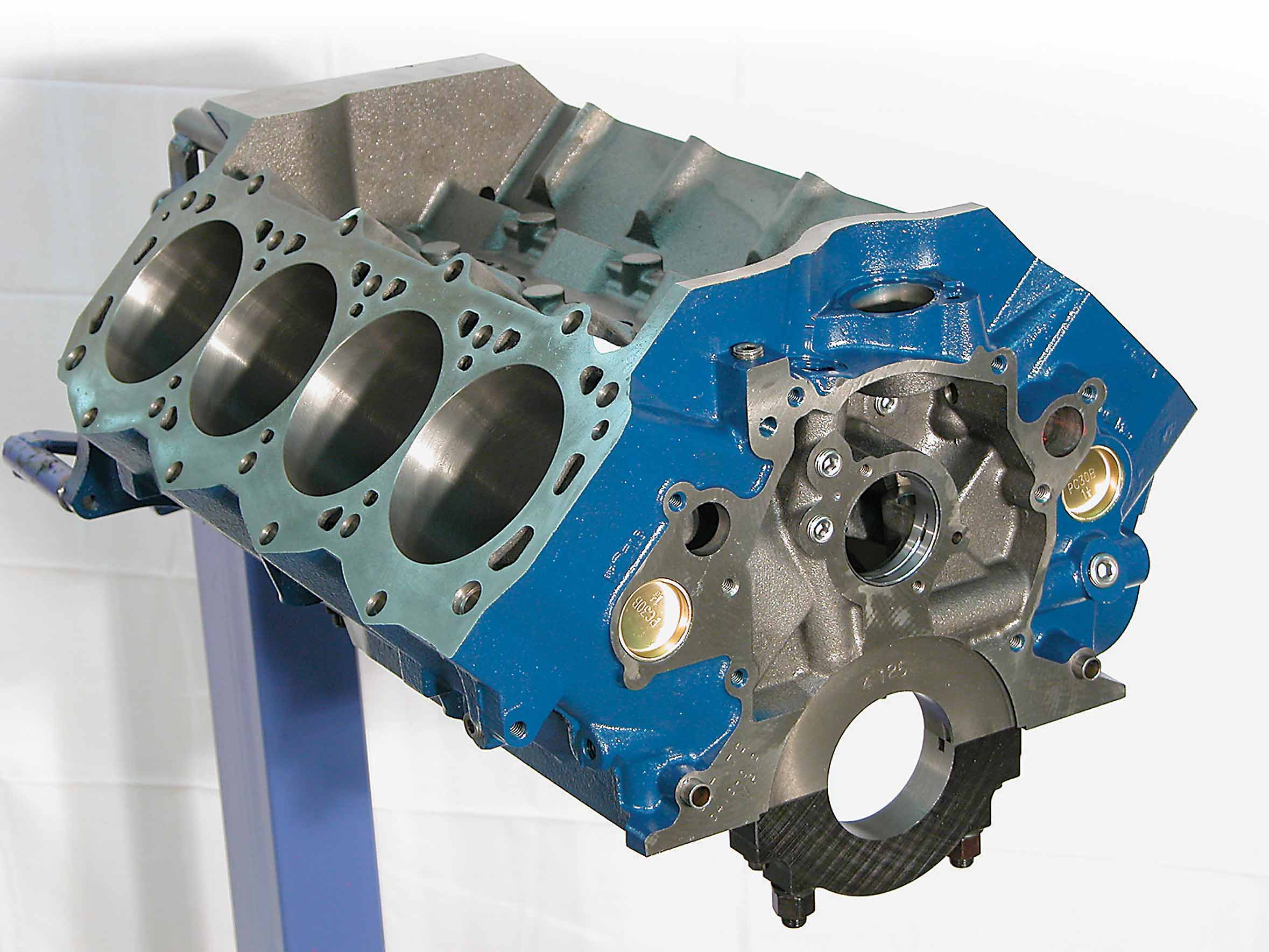
Ford engines are hot, and everyone—even non-Ford guys—are talking about it. The small-block Ford is an awesome package that is made even more awesome by Ford Racing and aftermarket parts. It has continually gained popularity as a high-performance buildup, as a Ford In A Ford engine transplant and as a replacement performance engine for vehicles that were optioned as such but were less equipped when new. With all of this activity surrounding the small-block Ford engine, it is safe to say that it is quickly becoming the small block of choice.
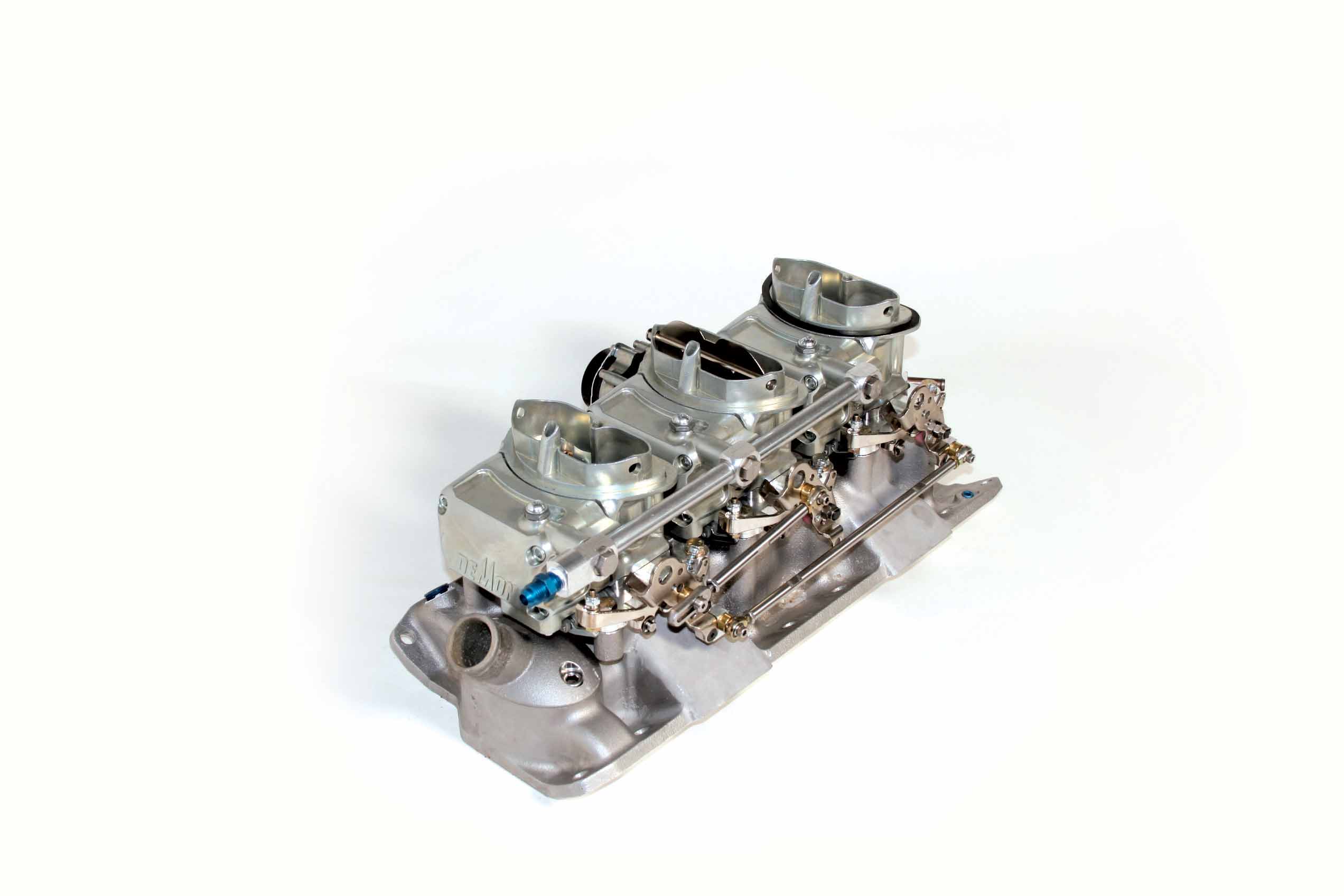
For many years, multiple-carburetor setups have been a popular choice for rodders who want to add some extra power and visual appeal to their engines. However, these setups have traditionally been difficult to tune and keep in sync. The Barry Grant Six-Shooter solves these problems by using three 250cfm two-barrel carbs that are linked together with a well-designed throttle linkage system. The result is a system that looks great and performs even better.
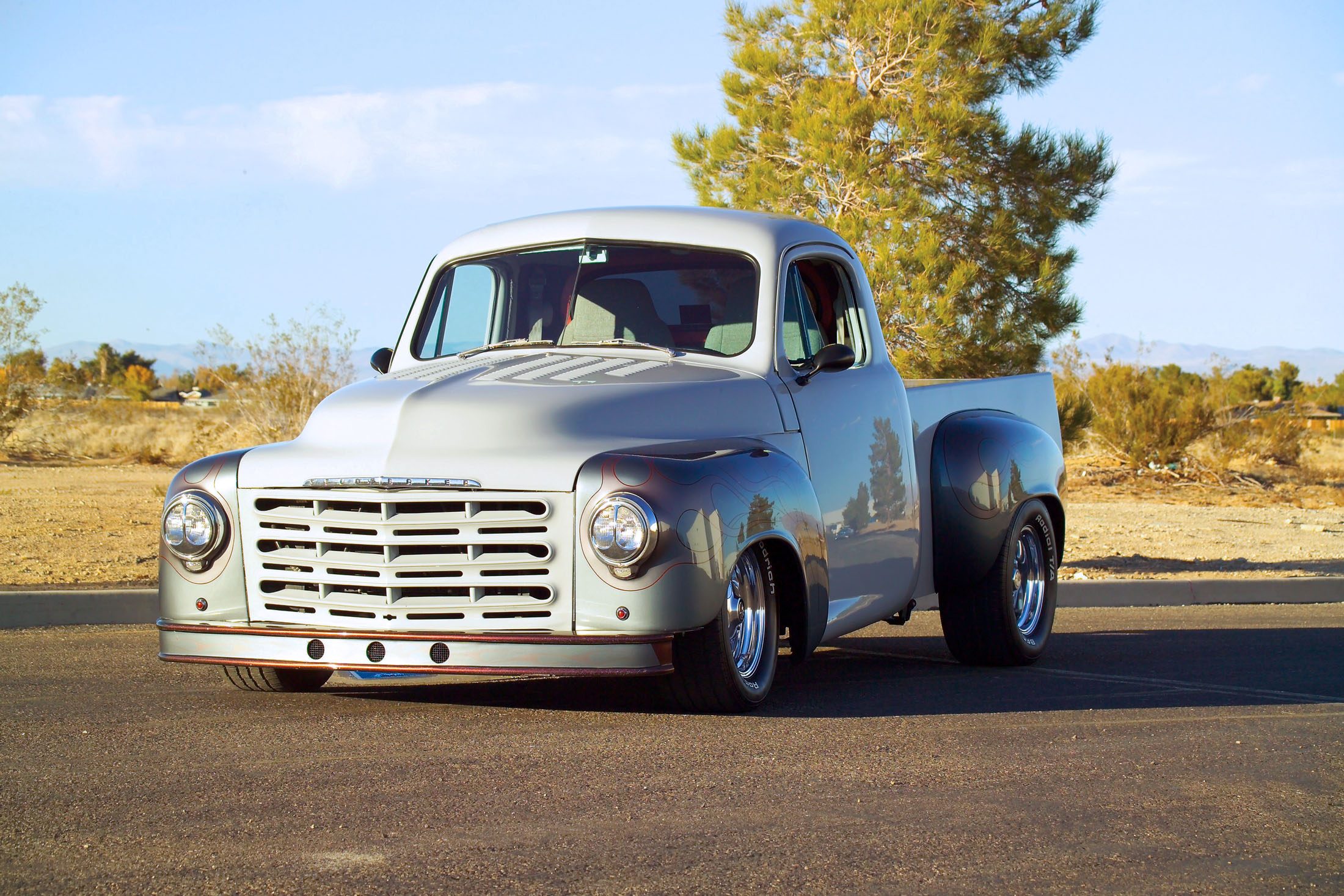
Richard Larson and his wife, Jane, have owned a number of custom cars and trucks in their time, but they never really thought they would have so much fun building and owning a custom 53 Studebaker pickup. There was no plan to find a Studebaker; the truck simply found him. I lived across the street from a friend who owned a repair shop in town, Larson told us. Over some time, he had collected six or seven cars and trucks that he hoped to restore some day. One weekend morning, his wife informed him that she planned to plant an orchard in the area where the vehicles were being stored…and in one week. He had to get rid of his collection. I asked about the Studebaker pickup and he said if he could get $200 for it, it was gone. Well, it was gone.
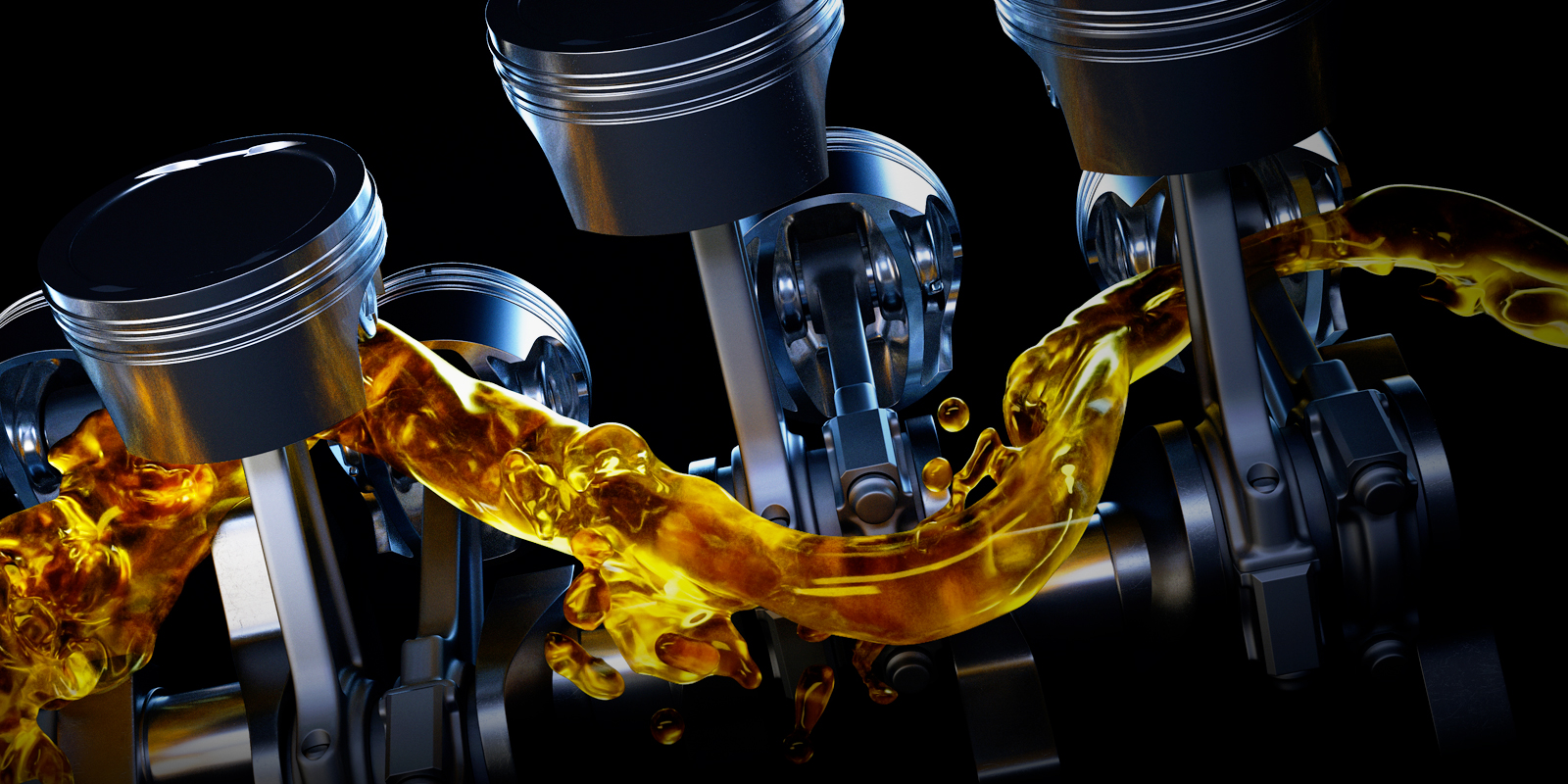
Driven Racing Oil developed the original high zinc, petroleum and low detergent break-in oil over twenty years ago. Break in oil is a specialty oil that reduces wear and contaminates when breaking in a new high-performance engine. It provides controlled friction for your piston rings and incredible protection that helps your camshafts break in properly.

Many believe that the ’70 Chevelle is the best-looking muscle car ever built. The new bulges on the sides give the car a meaner appearance, and this was the first time that a mid-size car could be ordered with a cowl-induction hood and stripes on the hood and trunk.
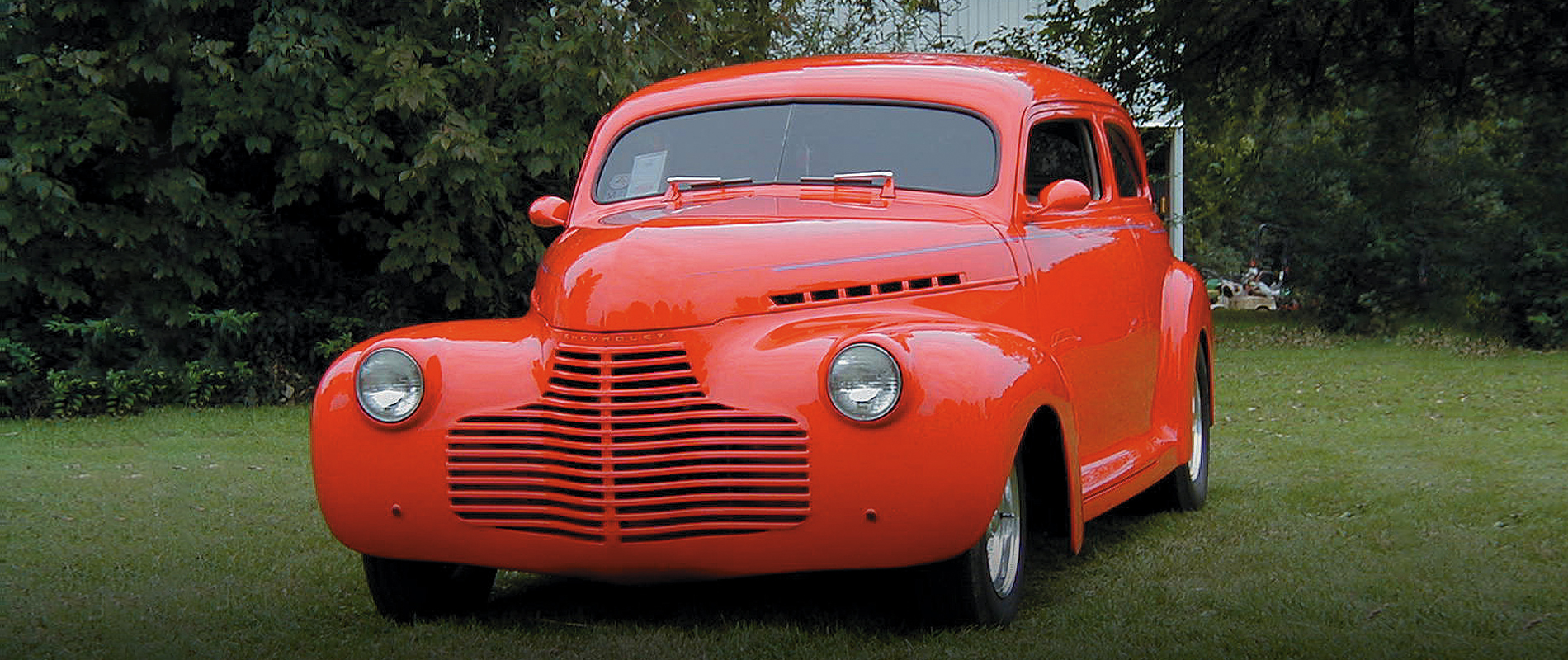
When Bob Naudascher hauled home his self-described rust bucket, it was far from show quality. The typical oxidation process had taken its toll on the car with the floors and lower extremities of the body requiring replacement. After repairing the considerable rust and getting the body structurally sound with all panel gaps fitting perfectly, Naudascher had Jack Consonza and Carl Chuppa drop the top on the sedan two inches. In the process, the front vent windows were eliminated. While the sheetmetal was being moved, front fenders were molded, the headlights frenched and the hood was filled and shaved of all trim. The stock grille remains but has been relieved of all stainless steel in favor of a monochromatic approach.
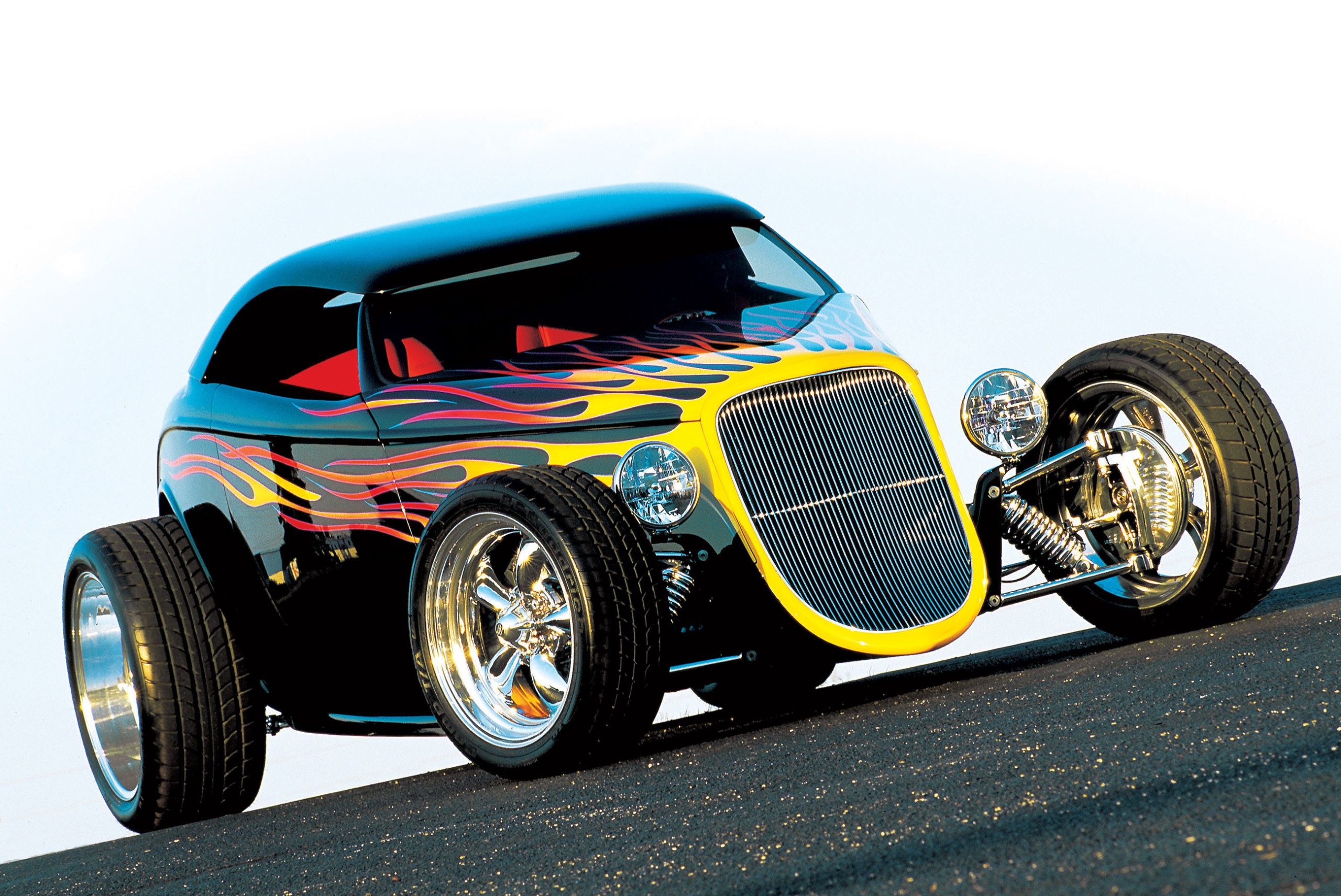
Alloway has built a lengthy succession of exciting cars, each with its own style, and all with a level of detailing that is a trademark of Alloway’s creations. This kind of finish work has earned him the coveted Ridler Award, along with every honor and title that one could garner from this hobby.

Hardcore rodders have a history of searching for vintage tin, even though the number of old cars (and trucks) sitting behind barn doors, in fields, under tarps and alongside garages has dwindled as interest has increased. This steady decline of available vintage steel is the very reason why so many businesses presently produce fiberglass and steel reproduction bodies and body parts.





